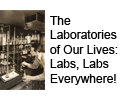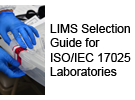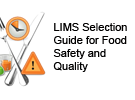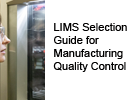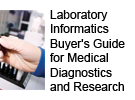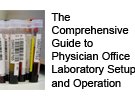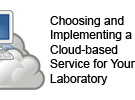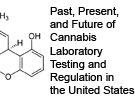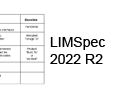Difference between revisions of "User:Shawndouglas/sandbox/sublevel12"
From LIMSWiki
< User:Shawndouglas | sandbox
Jump to navigationJump to searchShawndouglas (talk | contribs) |
Shawndouglas (talk | contribs) |
||
| Line 21: | Line 21: | ||
==The core principles of food and beverage quality and safety management== | ==The core principles of food and beverage quality and safety management== | ||
In the 2023 book ''Food Safety Management: A Practical Guide for the Food Industry'', Overbosch and Blanchard break down the concept of food and beverage quality and safety management into a set of principles that must be applied in order to best achiece it<ref name=OverboschPrinc23">{{Cite book |last=Overbosch, P.; Blanchard, S. |year=2023 |editor-last=Andersen, V.; Lelieveld, H.; Motarjemi, Y. |title=Food Safety Management: A Practical Guide for the Food Industry |url=https://books.google.com/books?id=3TpwEAAAQBAJ&printsec=frontcover |chapter=Principles and Systems for Quality and Food Safety Management |edition=2nd |publisher=Elsevier, Inc |pages=497–512 |isbn=9780128200131}}</ref>: | |||
* Hygiene in the workplace, | |||
* Prevention and reduction of risks (through HACCP), | |||
* Reliability of processes and equipment, | |||
* Consistency of products and processes to their specifications, | |||
* Traceability of products and ingredients, | |||
* Relevance to the customer or consumer, and | |||
* Transparent and accountable integrity of products and ingredients. | |||
Revision as of 23:48, 18 January 2024
|
|
This is sublevel12 of my sandbox, where I play with features and test MediaWiki code. If you wish to leave a comment for me, please see my discussion page instead. |
Sandbox begins below
[[File:|right|450px]] Title: How does a LIMS help a food and beverage business better address the core principles of quality and safety management?
Author for citation: Shawn E. Douglas
License for content: Creative Commons Attribution-ShareAlike 4.0 International
Publication date: January 2024
Introduction
The core principles of food and beverage quality and safety management
In the 2023 book Food Safety Management: A Practical Guide for the Food Industry, Overbosch and Blanchard break down the concept of food and beverage quality and safety management into a set of principles that must be applied in order to best achiece it[1]:
- Hygiene in the workplace,
- Prevention and reduction of risks (through HACCP),
- Reliability of processes and equipment,
- Consistency of products and processes to their specifications,
- Traceability of products and ingredients,
- Relevance to the customer or consumer, and
- Transparent and accountable integrity of products and ingredients.
How a LIMS contributes to better addressing these principles
Conclusion
References
- ↑ Overbosch, P.; Blanchard, S. (2023). "Principles and Systems for Quality and Food Safety Management". In Andersen, V.; Lelieveld, H.; Motarjemi, Y.. Food Safety Management: A Practical Guide for the Food Industry (2nd ed.). Elsevier, Inc. pp. 497–512. ISBN 9780128200131. https://books.google.com/books?id=3TpwEAAAQBAJ&printsec=frontcover.
